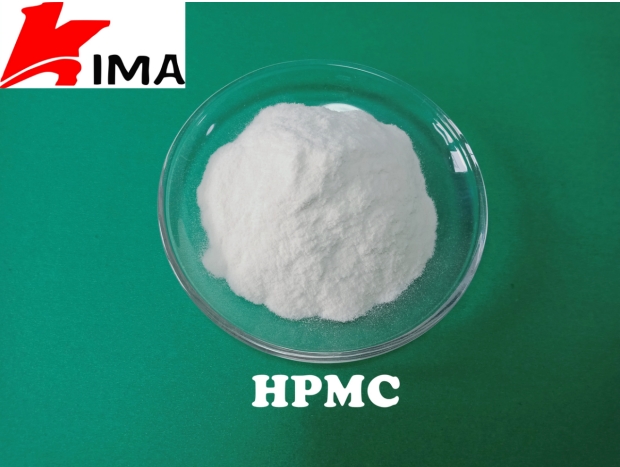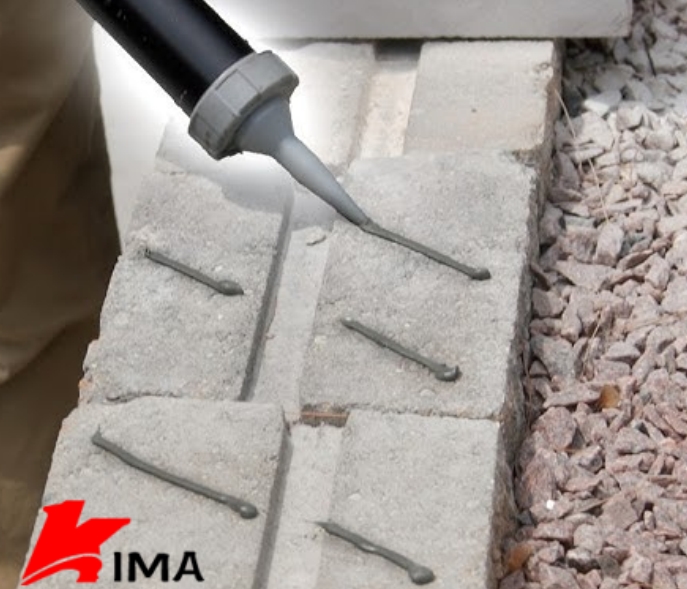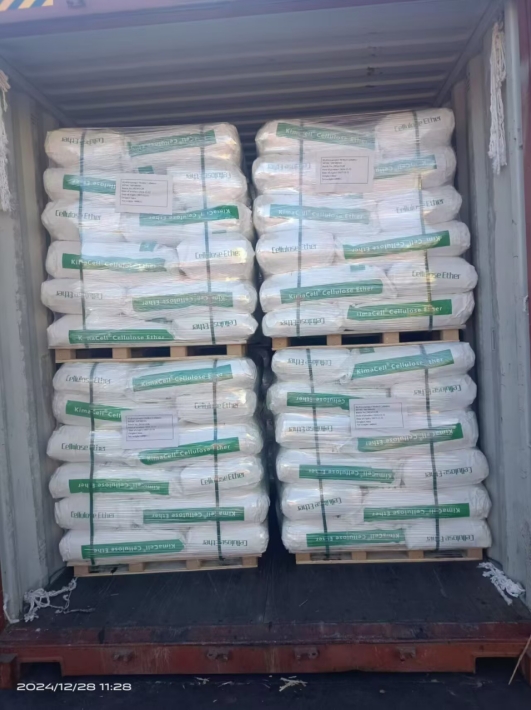HPMC (Hydroxypropyl Methylcellulose) is a functional material widely used in the construction industry, especially in the production of concrete and cement glue. As a modified cellulose ether, HPMC can significantly improve the workability, fluidity and bonding properties of concrete, and enhance the strength and durability of the final cement products.

1. The role of HPMC in concrete
Improving the fluidity and water retention of cement paste
HPMC has an excellent thickening effect and can form a stable cement paste in concrete, giving the concrete better fluidity. This means that during the construction process, the concrete can be more evenly distributed, reducing the difficulty of construction, while ensuring the full hydration reaction of cement. In addition, HPMC can also improve the water retention of concrete and reduce cracks caused by water evaporation. Especially in hot environments, it can effectively prolong the setting time of concrete and avoid unnecessary water loss.
Enhance the bonding properties of concrete
The bonding properties of cement are directly related to the strength and durability of concrete. HPMC improves the bonding between cement and aggregate by forming a thin film in the cement paste. This enhanced bonding force can effectively improve the compressive and tensile strength of concrete, making the final concrete structure more stable and reducing the occurrence of cracks.
Improve the operability of concrete
In construction, the operability of concrete is a key issue. The addition of HPMC can improve the workability of concrete, enhance its plasticity, make it easier to operate during construction, and reduce the construction difficulties caused by overly viscous or too dry concrete during pouring. In addition, HPMC can also reduce the demoulding phenomenon on the concrete surface and enhance the smoothness and aesthetics of the surface.
Delay the setting time
As a water-soluble thickener, HPMC can effectively delay the setting time of concrete, especially in hot weather or projects that require large-scale pouring. HPMC can ensure that the cement slurry will not solidify prematurely and ensure the smooth progress of the concrete pouring process. At the same time, it can also help the concrete maintain an appropriate working time so that construction workers can complete the operation and ensure the uniform distribution of concrete.
2. Application of HPMC in cement glue
Cement glue is usually composed of cement, aggregate and water, and HPMC, as a modified cellulose ether, can greatly optimize the various properties of cement glue. Its working principle can be analyzed from the following aspects:
Increase the adhesion and density of cement glue
The addition of HPMC can form a fine network structure in cement glue, enhance its adhesion, and make the bond between cement and sand and gravel aggregates tighter. Such a structure improves the density of cement glue, thereby improving the compressive strength, permeability resistance and corrosion resistance of cement glue.

Regulate the rheology of cement glue
Rheology is an important physical property of cement glue. HPMC can improve the workability of cement glue and reduce the construction difficulty caused by high viscosity by adjusting the rheology of cement glue. Especially in cement glue systems with high water-cement ratio, HPMC can effectively control its consistency, making it more suitable for construction processes such as smearing and plastering.
Improve the crack resistance of cement glue
The crack resistance of cement glue largely determines the service life of the final cement product. HPMC plays the role of reinforcing fiber in cement glue, improves its toughness, and reduces cracks caused by thermal expansion and contraction or uneven water evaporation. Therefore, HPMC can effectively improve the crack resistance of cement products and enhance their durability.
Improve the water resistance and chemical corrosion resistance of cement glue
HPMC has good water solubility and chemical stability, which can enhance the water resistance of cement glue and reduce the deterioration caused by humid environment or water penetration. In addition, HPMC can also improve the tolerance of cement glue to chemical substances such as acid and alkali, so that the performance of the final cement products in complex environments is improved.
3. Advantages of HPMC in concrete cement glue
Sustainability and environmental protection
HPMC is extracted from natural plant cellulose and chemically modified, with good degradability and environmental protection. Compared with some traditional chemical additives, HPMC will not cause excessive burden on the environment during use. With the promotion of the concept of green building, HPMC is adopted by more and more construction companies.
Economical
Although the cost of HPMC is relatively high, its use can significantly improve the quality and construction efficiency of concrete and reduce material waste, so it can effectively reduce construction costs in long-term use. In addition, since HPMC can improve the construction performance of concrete and reduce the possibility of rework, it also improves the economic benefits of the project from the side.
Strong adaptability
HPMC is suitable for various types of cement and concrete formulations, whether it is traditional cement-based materials or modern concrete with high strength and low water-cement ratio, it can play its good performance. It has strong adaptability in different construction environments and can meet different construction needs.

As an important construction additive, HPMC has demonstrated its excellent performance in the application of concrete and cement glue. It can not only improve the workability, adhesion and durability of concrete, but also effectively improve the crack resistance and water resistance of cement glue. With the continuous development of construction technology, HPMC will play an increasingly important role in the construction industry and is one of the key materials for achieving green buildings, improving construction quality and reducing costs.
 English
English 日本語
日本語 français
français Deutsch
Deutsch Español
Español italiano
italiano русский
русский português
português العربية
العربية Türkçe
Türkçe Nederland
Nederland






